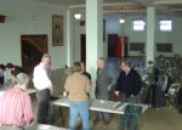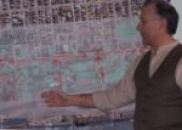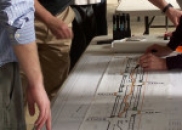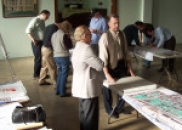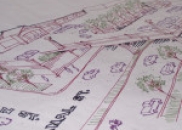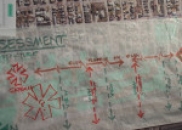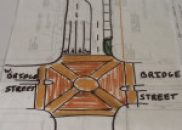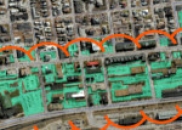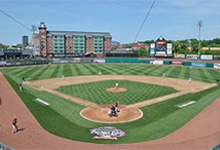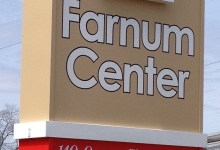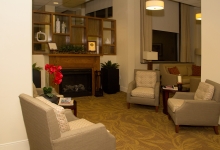Castagna Consulting Group led a Design Charrette and Consensus Building program for the area known as North of Bridge. The subject area is located in the CBSD (Central Business Service District) in downtown Manchester, NH. It is a low density area just northwest of the core of downtown that is unattractive in appearance and functions below the highest and best use for downtown properties. Rejuvenation of this unappealing mixed-use area would result in increased density, activity, and vibrancy – not only for these few blocks, but for the entire CBSD. Properties located within the parameters are within walking distance of the most active blocks in downtown and the Millyard, and they include a few sections of low income residential properties, historic mill buildings, older buildings with a mix of office and service retail, vast amounts of surface parking, a college, and some light industrial uses. It is wedged between market rate residential, to the south, and an unimproved mixed-use area to the north, including the National Guard Armory and PSNH service facilities.
The City of Manchester is nearly a decade into its recovery following a recession that decimated the economy, particularly downtown, and the spirit of those who lived and worked there. The city has made giant strides in repositioning themselves to become competitive, once again, within New England, and the core of downtown is vibrant with entertainment centers and restaurants. But, as they say in sports, we don’t have a “deep bench”.
This project would pick up where the City left off, nearly ten years ago, when they conceived a two step revitalization plan. The first step focused on streetscape improvements along the Elm Street corridor, between Bridge and Granite Streets. The second phase, which was to focus on the area currently in question, was never fully developed. Because other opportunities that presented themselves in the southern end of downtown (arena and ball park/hotel) demanded the attention and resources of City departments, it has yet to be revisited. Left to languish without a plan by the City, some properties fell into dispute over their appropriate use, causing financial hardship on both sides and revealing the crucial need for a plan for the area.
Not all is dismal north of Bridge Street. The private sector has seized the occasional opportunity in this target zone, affirming that market rate redevelopment can, and will, be successful. Private revitalization efforts include a market rate apartment building (more than 200 units, which opened a year ago), a new bank and the opening of a pharmaceutical college.
The target area consists of privately owned lands, mixed in with a nonprofit low income housing unit and publicly owned segments. A significant portion of the privately heldtracts are owned by members of the Intown Manchester Board of Trustees, who has enthusiastically endorsed this project.
American author Gertrude Stein once complained of Oakland, Calif., her hometown, that there was no “there” there. Stein moved to Paris for the reason that people continue to be attracted to cities of distinct character and charm – from San Francisco to Charleston. Their strong sense of place defines them as great cities and creates memorable communities. Many cities today are concerned about not having enough “there” as they compete to attract businesses and residents or seek to create more attractive environments for current residents. Some communities have suffered economic or demographic changes that have drained the life from their streets; other up-and-coming places simply want to stand out. Cities as large as Hartford, Conn., with 1 million residents, and as small as Hermitage, Pa., with just 16,000, are using basic principles of place-making to guide public and private development.
The fundamental principle of urban design starts with streets. Streets are where the life of the city happens. Streets are the life blood of a city. The challenge for cities is how do you connect pieces together and how do you create a whole that is greater than the parts rather than isolated elements? That leads to place making. Cities are walkable, suburbs are drivable. Cities are interconnected, suburbs are disconnected.
Different communities, different needs – yet all of the places began with a vision that brought together public and private interests to accomplish long-term goals for improving the sense of place in their towns. Thoughtful leaders are leveraging their assets from the small details of landscape and signs to substantial building programs to build identity and community pride as well as competitive advantage.
Click on the following link to view the presentation booklet
Manchester charrette booklet 2

